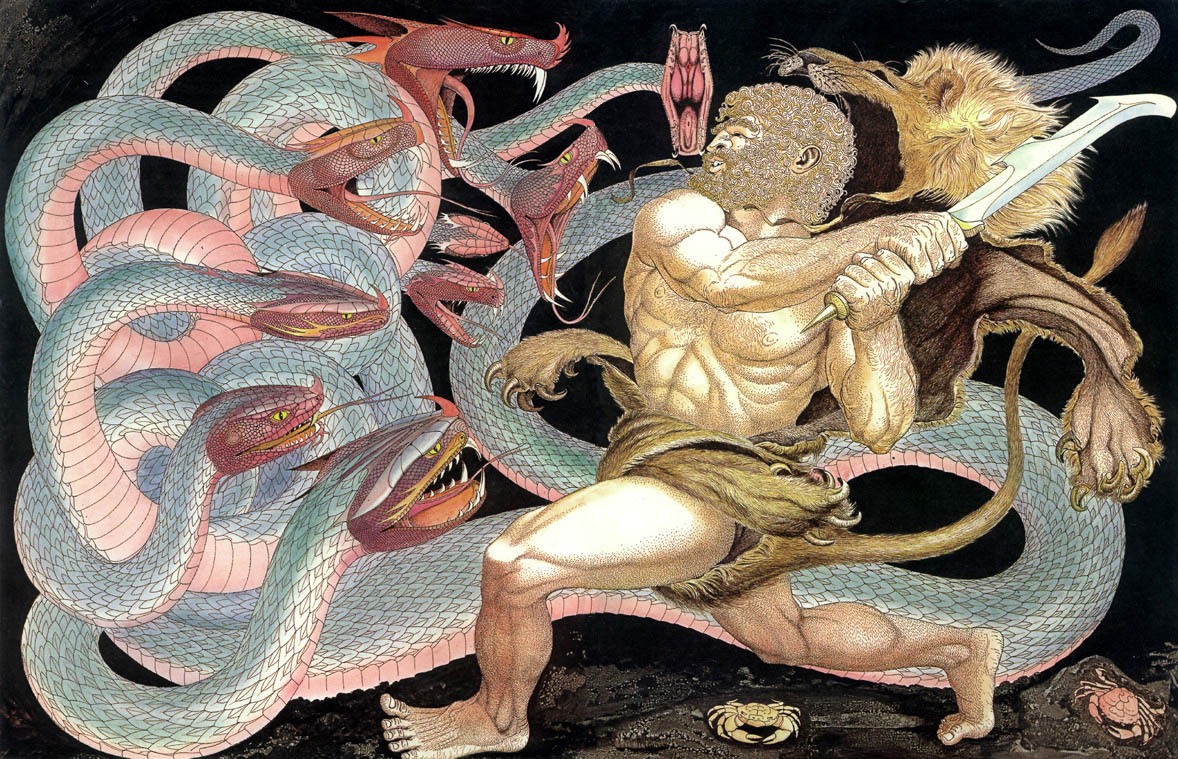I was babysitting my cousin last weekend and we watched a scene from Hercules in which he had to battle a mythological monster called a Lernaean Hydra (hydra meaning water serpent). It was however very hard to defeat because everytime one of its heads were chopped off, two new ones would grow back.
This reminded me of the crown-of-thorns starfish we had talked about in bio class because it is quite monstrous as well and can regenerate limbs like the hydra. Not only does it have a body covered in sharp spines containing painfull neurotoxins, but it is destroying many coral reefs around the world. Their populations have been growing since the 1970's so control measures have had to be implemented such as cutting them apart. However people realised that since echinoderms have remarkable tissue regeneration, dismembering them will only cause them to grow into two new starfish and that method was eliminated.
Saturday, 28 May 2011
Fainting goats - Myotonia Congenita Disease
Recently my friend showed me a video about a certain breed of goats that are known for their frequent fainting. When they become starteled by something or get overly excited for food, their legs become stiff and they roll over onto their back. That is why they are nicknamed fainting goats or wooden leg goats.
This reaction is caused by a hereditary disease called Myotonia Congenita (Myotonia meaning the inability to relax voluntary muscle after vigorous effort and Congenita meaning present at birth.) This disease can relate to our class work because it is caused by a muation in the gene CLCN1 that is crutial for the movement of skeletal muscles. In a normal body, the protein produced by CLCN1 creates a ion flow that goes in and out of the muscles and allows normal muscle contractions. In a person or animal that has Myotonia Congenita, the mutation causes their ion flow to be much slower resulting in prolonges muscle contractions or severe muscle stiffness.
This reaction is caused by a hereditary disease called Myotonia Congenita (Myotonia meaning the inability to relax voluntary muscle after vigorous effort and Congenita meaning present at birth.) This disease can relate to our class work because it is caused by a muation in the gene CLCN1 that is crutial for the movement of skeletal muscles. In a normal body, the protein produced by CLCN1 creates a ion flow that goes in and out of the muscles and allows normal muscle contractions. In a person or animal that has Myotonia Congenita, the mutation causes their ion flow to be much slower resulting in prolonges muscle contractions or severe muscle stiffness.
Subscribe to:
Comments (Atom)

